Fundraising Professionals Share Their Year-End Giving Strategies and Advice
We asked fundraisers from a range of nonprofit sectors the same question:
“What strategies have you found most effective in maximizing year-end giving?”
Read on to discover what they had to say…
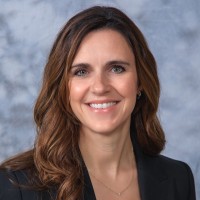
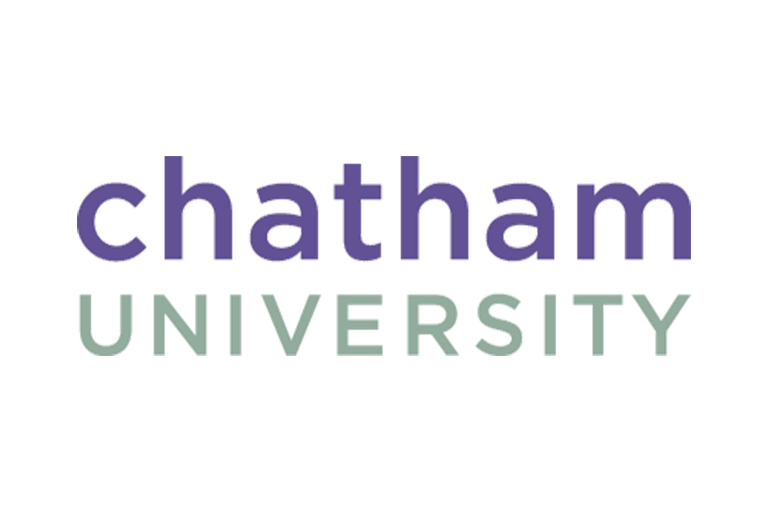


Carey Scheide Miller
Vice President of University Advancement
The strategies that I have found most beneficial for year-end giving are not particularly ‘imaginative’ but come from multiple touchpoints, a consistent approach to fundraising, engagement activities, and messages of gratitude and donor impact throughout the year. First, our team ensures paper appeals are in mailboxes in early November. We have found that scholarships and student emergency funds get the best responses, especially if we tie the message to a particular student story. Since people are busier and more distracted during the holidays, the rest of our outreach enhances that message and gently reminds people to give. We send year-end emails in the last two weeks, then one week, two days, and the last day of the year, and supplement that with social media posts and student calls. In addition, any donors with a gift officer assigned will get a call, email, or note from the gift officer if they have not yet given. Finally, we time our year-end newsletters for alumni, planned giving, and the Alumni magazine to amplify the message. If all else fails, we try again with our springtime Day of Giving, spring appeals, and fiscal year end!


Nora Maroulis
Senior Director of Development and Communications
Having a clear plan and schedule well in advance of December 31 is step one to maximizing year-end giving. We map out our annual workplan over the summer and begin implementing it in mid-August, starting with the solicitation of our ‘closest friends and family’…our Board! Step two for us is making sure our signature events are well positioned for fundraising success. The Museum hosts its Annual Poetry Festival in September and its annual Emily Dickinson Birthday Celebration—complete with singing and treats!—each December. The events provide opportune moments for us to engage existing donors and new friends through creative and compelling storytelling…which is the third and final step: clearly articulating your organization’s WHY.




Lele LeVay Ashworth
Assistant Dean for Development
The statistics tell the story – in the U.S., 31% of all giving received annually comes in during December. This is the time to leave everything on the floor.
Start early in your planning. Determine your priority prospects. Ask yourself: What is the best way to reach them? What is their passion? And, who should make the ask? These questions are just as relevant whether you are a MGO or a director of the annual fund.
Then, include at least one or two stewardship touchpoints. This could range from a very individualized outreach to a major gift donor to a video update from an organizations’s leader to all alumni. Time to leverage any asset. Secure a matching donor. Incentivize giving at all levels. Engage members of the community in creating content or outreach calls.
And when the time comes to launch, a well-designed, succinct campaign that demonstrates impact is key. The pace and platform(s) are equally important. The campaign should be multi-faceted – and use the methods and technology that meet the interests and needs of your institution. And finally, an organization needs to make it easy for a donor to make a gift and meet them where they live. Even procrastinators. In 2020, New Year’s Eve was the biggest giving day of the year. That deserves a toast!

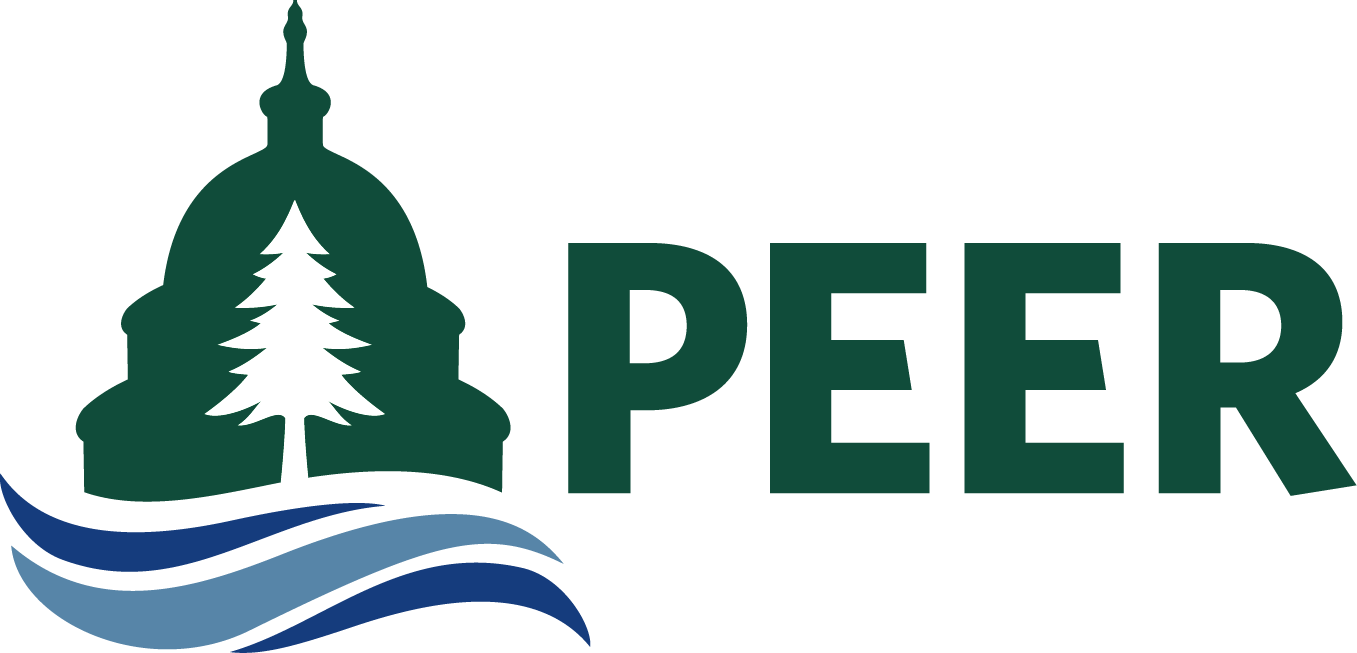


Helen Jenkins
Director Of Development
PEER is a national organization that defends public employees that protect the environment. Since we have broad geographic reach, our year-end strategies focus on three things: (1) Thanking donors in August and September. We host an annual donor thank-you drive with our staff, so each current donor is personally thanked for their gifts throughout the year. (2) We focus on centering our messaging on our success. Afterall, people want to join a winning team. (3) We launch an interactive #GivingTuesday digital campaign with unified messaging for the annual report, year-end appeal, newsletters, and all of our communications.
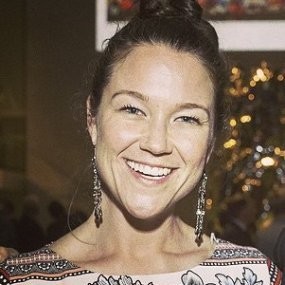
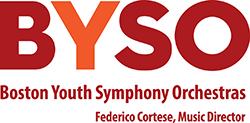


Martha A. Robinson
Director of Development
We tend to see most of our Annual Fund giving at calendar year end, and like many, do a combination of mail, digital, and social, kicking off at Giving Tuesday and running through year-end. I will say that our strategy has evolved over the past several years (pre-dating pandemic). We feel that the consistency of reminders is more effective than one super compelling piece. We used to write really thoughtful tailored letters to all constituents focusing primarily on snail mail. Now we do much shorter, pithier messages (still tailored to each audience, like parents, alumni, etc.) via mail, email, and social.

How can we help you?
For 45 years, Development Guild DDI has partnered with nonprofit organizations nationwide to achieve their most ambitious goals. Whether you need new talent, fundraising or campaign solutions, or strategic counsel, we can help.
Interested in becoming a candidate?
Provide us with some context, and we will connect you with the right consultant.
